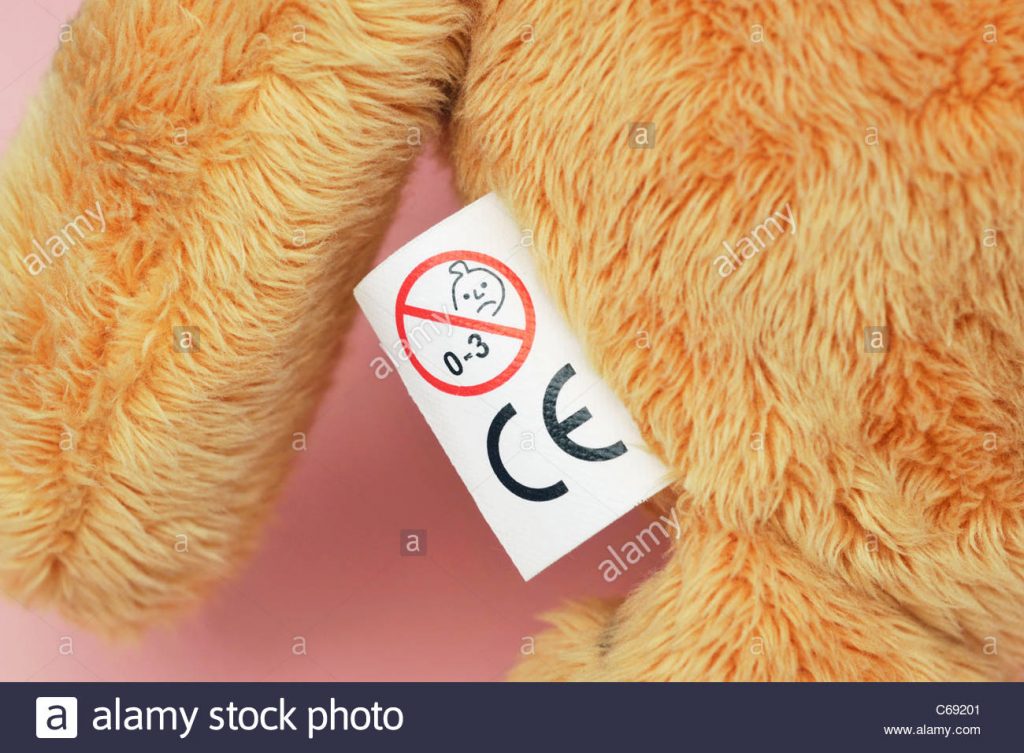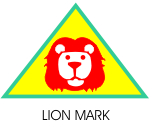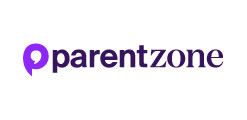Chapter Contents
- Toys and Play Equipment
- Trampolines
- Swimming Pools
- Hot Tubs and Saunas
- Camping Equipment
- Sun Safety
- Beach/Open Water
- Firearms and Weapons
Toys and Play Equipment
Toys
Only use toys which meet the required safety standards. Thousands of children are injured each year in accidents involving toys.
When selecting toys consider whether there is a risk of choking:
- If children are likely to place the toys in their mouths, consider whether small parts could come off and choke them.
- Is the hair/fluff on stuffed animals and dolls secure? Are seams intact?
- Is there a string or cord on the toy longer than 20cms? A cord can easily be wrapped around a young child’s neck, risking strangulation.
If there is any reasonable doubt about whether a toy is suitable for a young child under 3 years old or that they may be at risk of choking on a toy, a choke hazard test should be carried out. A suitable tester is available here.
Play Equipment
When visiting a park, it can be assumed that play equipment has been built and installed with child safety in mind. Equipment can be damaged, however, and a quick check to ensure it remains in good condition is always a good idea. Only allow children to play on age-appropriate equipment.
When purchasing outdoor play equipment for your garden, make sure that it is appropriate for the age and ability of the child, and buy equipment that conforms to safety standards. Position equipment over something soft like a mat or well-watered grass. Check play equipment at home regularly to ensure it remains in good condition and all the nuts and bolts are still tight.
Sandpits
We recommend buying sandpits from a reputable supplier so that it conforms to British Standards for children’s play equipment. Buy a sandpit with a lid, and use ‘play sand’. Change the sand at least annually, and more often if it is visibly dirty or if any bodily fluid has been in contact with the sand. Do not allow pets to go in the sandpit.
If you are making your own sandpit, make sure that it has adequate drainage and a sturdy cover to keep the sand clean when it is not in use.
Paddling Pools
Supervise young children at all times when they are enjoying the paddling pool. It is possible for a young child to drown in very shallow water. All the while the paddling pool contains water, young children must not be in the garden without an adult.
At the end of the day, empty the paddling pool to prevent accidental drowning and maintain hygiene. Clean the pool and put it away as soon as possible.
General safety guidance
- Supervise young children at play.
- Always follow warnings and instructions provided on toys.
- Make sure the toy is suitable for the child. Many toys come with recommended age labels but you must also consider whether it is suited to the individual child’s ability and stage of development.
- Regularly check the toys remain in good condition and throw away damaged toys.
- Look for the official European Community (CE) symbol on the toy. This is a claim by the supplier that their toy meets the requirements of the EC Toy Safety Directive.
- Look also for the British Toy Manufacturers Association ‘Lion Mark’. One of the requirements of this trade association is that members’ toys will meet the safety requirements.
- Don’t significantly alter or modify toys.


Trampolines
Trampolines can be great fun and are very popular among children. They are, however, associated with accidental injury. If you have a trampoline or are thinking about buying one you should consider the following safety points:
Purchasing: Only buy trampolines from a reputable retailer. Make sure the trampoline is fitted with safety pads that cover the springs, hooks, and frame. Safety netting reduces the chance of the child falling off the trampoline and can be purchased separately. Make sure that the trampoline is suitable for the child’s age and ability.
Positioning: You should make sure you have adequate space to safely position the trampoline away from any hazards such as walls, trees, greenhouses, washing lines, etc. There should be at least 2.5 metres clearance all the way around the trampoline. Place the trampoline on an energy-absorbing surface such as sand, bark, or mats.
Play: Set strict ground rules with the children before allowing them to use the trampoline. This includes agreeing that only 1 person will use the trampoline at one time, no jewellery, no jumping off the trampoline and no somersaults. Trampolines are not suitable for toddlers or very young children.
Always supervise children when they are using the trampoline. This is, however, no guarantee of safety.
Swimming Pools
Water safety is a vital consideration to avoid accidental death. On average, 40-50 children drown each year in the UK. Please read the following sections and protect your children when they are enjoying the water. You can find extended information and advice at RoSPA’s website:
https://www.rospa.com/Leisure-Safety/Water/Advice/Children-Young-People.aspx
Teaching your child to swim at a young age helps to protect them against drowning. Most local swimming pools offer swimming lessons. Please explore these opportunities if children are unable to swim unaided.
If you have a swimming pool at home, we will discuss the necessary safeguards with you during your home safety risk assessment. We will ask you to always supervise children in the pool, and make sure that they cannot access the pool without an adult.
Access to a home swimming pool should be restricted by use of fencing or a secure gate/door. You might choose to also install an alarm to alert you to any unauthorised access. Pool covers are not a sufficient method to restrict access, and they do come with potential risks. Read this advice for more information.
Swimming pools should be well-maintained and water hygiene checked before use. Always store pool chemicals securely.
Supervise children at all times when they are in a swimming pool (appropriate to their age and development). This includes on holiday, even if the pool has lifeguards on duty.
If you have a swimming pool at home, we would advise you to have additional First Aid/Life Saving training, including the use of CPR. First Aid advice is available from the Royal lifesaving Society UK. You should also have a lifesaving device by the pool such as a torpedo buoy/rope or reach pole.
Hot Tubs and Saunas
Hot tubs
These are an increasingly popular addition to the home garden and holiday accommodation. They are, however, several potential risks including bacterial infection and drowning. If you have a hot tub at home, we will discuss the necessary safeguards with you during your home safety risk assessment.
Children and young people must not use a hot tub without an adult present, and they are not suitable for young children who cannot regulate their body temperature. There is no legal age restriction on the use of hot tubs, but RoSPA considers that hot tubs should not be used by children under 5. We will ask for the consent of children’s social workers before allowing them to use a hot tub.
Read RoSPA’s advice about hot tubs here.
When the hot tub is not in use, please cover it and lock the lid.
Regularly test the water quality in the hot tub, in accordance with the manufacturer’s instructions. Store cleaning chemicals in a secure place, where children cannot find them.
Hygiene is particularly important when it comes to hot tubs. Everyone should shower before entering the hot tub, and nobody should use it if they have an infectious illness or an open wound, however small, as this can lead to bacterial infection.
It is also important never to submerge your head in a hot tub as hair can be caught in the filtration system.
Saunas
If you have a sauna at home, or at holiday accommodation, and a young person would like to use it, we will ask their social worker for permission. Like hot tubs, saunas are not suitable for young children, who cannot regulate their body temperature. Leisure facilities typically do not allow young people under 16 to use a sauna.
If a child has a pre-existing medical condition then a doctor should be asked for advice about whether the use of a sauna is safe.
Safety advice suggests that when young people do use a sauna, they should do so for no more than 15 minutes at a time, and should drink plenty of water afterwards to re-hydrate. An adult should always supervise young people in a sauna and it should be locked when not in use.
Camping Equipment
If you have camping equipment, we will complete a risk assessment form with you and discuss the safety of these for children.
If young people are going to share a tent then our ‘bedroom sharing risk assessment’ will also be completed before this is agreed.
The risk assessment considers:
- the camping site (e.g. if it’s near a lake, or close to a road)
- the safety of any portable heating or power sources
- safe sleeping arrangements
- physical security
- hazardous substances
- general maintenance
Tents might not be safe and secure for some young people, and the child’s individual risk assessment will also need to be taken into account. Your supervising social worker will discuss this with you if there are any concerns.
Sun Safety
Exposure to sunlight is a vital source of vitamin D, but it is important to balance this need with protection from the sun’s harmful effects on the skin and eyes.
Children and babies are particularly at risk because of their delicate skin. Keep babies under 6 months out of direct, strong sunlight. Use sunshades on prams and never leave babies unattended outside, as they are unable to move with the shade.
Encourage children to wear cool, loose clothing which covers the skin and a hat to protect their heads. Clothing made from tightly woven fabrics, such as cotton, offer good protection from the sun’s rays. Older children should wear sunglasses to protect their eyes from strong sunlight.
The NHS advises spending time in the shade as much as possible between the hours of 11am and 3pm from March to October, as this is when the sun is strongest. You could do this by encouraging children to play in the shade or by arranging other activities like walks in the woods etc. In addition, children should use a sunscreen with a sun protection factor (SPF) of at least 30. Sunscreen typically has a shelf-life of 2 to 3 years; check that your sunscreen is not past its expiry date.
Sunscreen should be applied prior to sun exposure, and reapplied at least two-hourly and always after being in water (even if it is ‘water resistant’). Apply sunscreen to areas not protected by clothing, e.g. face, ears, feet and backs of hands. Use sunscreen for children between March and October, even on days that are cloudy.
Action in the event of sunburn
- Take regular cool baths or showers or apply cool compresses
- Apply a soothing lotion such as calamine or after-sun to the burned skin
- Avoid exposure to the sun until fully recovered
- Avoid contact with harsh soaps and other products
- Increase your fluid intake to replace water lost through sweating
- Seek medical help if you feel unwell or if the skin swells or blisters.
- Don’t apply petroleum jelly, ointment or butter to the sunburn
- Don’t burst any blisters or rub the skin
If you suffer more than mild sunburn you should see your doctor, particularly if you have any of the following symptoms: fever, chills, upset stomach, confusion, dizziness, rapid pulse, rapid breathing, increased thirst, painful eyes or eyes that are sensitive to light.
Some people are allergic to certain types of sunscreen. Apply just a little sunscreen to a test area of the skin to check for adverse reactions, before more widespread use.
Report incidents of sunburn to your supervising social worker/ISP Out of Hours
Beach/Open Water
Children must always be supervised while in the sea, appropriate to their age and development. Be aware of currents and tidal activity, and choose beaches with lifeguards on duty. Please read this RoSPA guide to water safety, which includes information about beach signs and flags:
Water safety for children and young people
Firearms and Weapons
Store, use, transport and dispose of any legally held firearms and shotguns in accordance with the conditions of the licence and in compliance with the law. Apply the same level of care with non-licensed weapons such as air guns, CO₂ guns and crossbows. These equally must be properly, legally and safely stored, carried and used.
It is the responsibility of the foster carer to advise the agency if they take ownership of any firearms, and provide evidence of the relevant licence if applicable.



